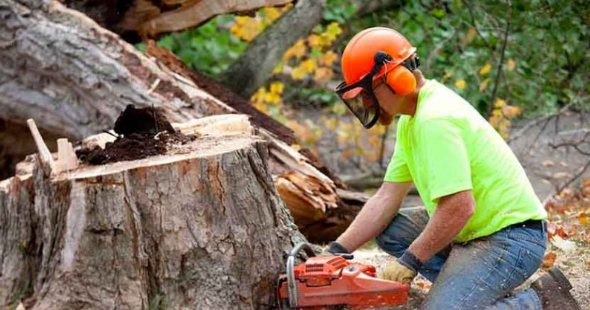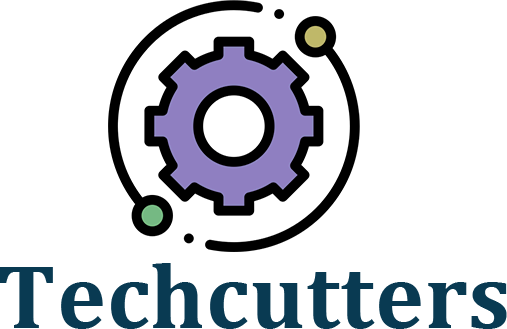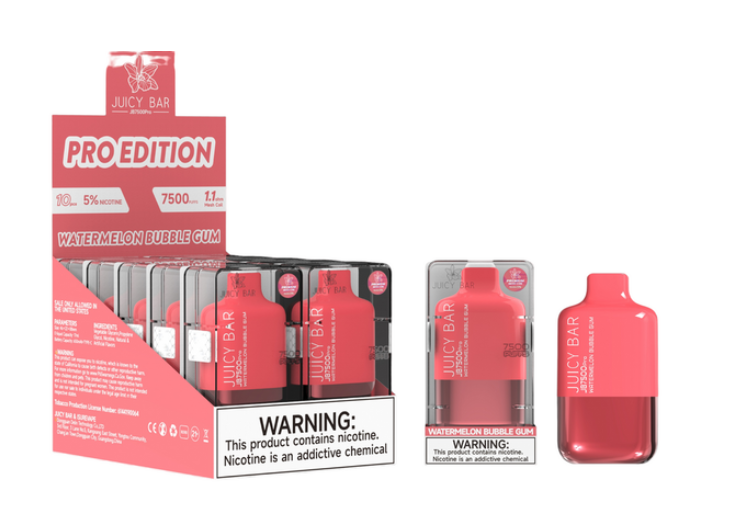Essential Tree Care: Tips for Effective Trimming and Responsible Removal

Trees are vital components of our environment, offering numerous benefits such as shade, beauty, and habitat for wildlife. However, proper tree care is essential to ensure their health and safety. This article will explore effective tips for tree trimming and responsible tree removal, guiding you through the process of maintaining your trees while protecting your property and community.
Understanding the Importance of Tree Care
Regular tree maintenance is crucial for various reasons:
- Health and Growth: Regular trimming encourages healthy growth by removing dead or diseased branches, allowing more sunlight to reach the tree’s foliage.
- Safety: Overgrown branches can pose hazards to your property and surrounding structures. Tree trimming helps mitigate these risks by removing potential dangers before they become problematic.
- Aesthetic Appeal: A well-maintained tree enhances the overall appearance of your yard and neighborhood, adding value to your property.
Effective Tree Trimming Techniques
Tree trimming is a crucial aspect of tree care that should be performed with care and consideration. Here are some effective techniques to follow:
1. Choose the Right Time
Timing is essential when it comes to tree trimming. Late winter or early spring is typically the best time to trim most trees, as this allows for new growth to flourish during the growing season. However, avoid trimming during the fall when trees are preparing for dormancy.
2. Use the Right Tools
Having the appropriate tools for tree trimming is vital. Essential tools include:
- Pruning Shears: For small branches and precise cuts.
- Loppers: For thicker branches that are too large for pruning shears.
- Saws: For larger branches, ensure you use a proper tree saw to make clean cuts.
Using sharp, clean tools helps prevent disease and ensures a smooth cut that promotes healing.
3. Follow Proper Techniques
When trimming, use the following techniques to promote healthy growth:
- Identify the Branch Collar: The branch collar is the swollen area where the branch meets the trunk. Always cut just outside this area to encourage healing.
- Avoid Topping: Topping (cutting the top of a tree drastically) can lead to weak growth and health issues. Instead, prune selectively to maintain the tree’s natural shape.
- Prune with Purpose: Focus on removing dead, diseased, or crossing branches. This encourages healthier growth and improves airflow through the canopy.
4. Know When to Call a Professional
If you’re unsure about your trimming skills or if the tree is too large, it may be best to hire a professional arborist. Professionals have the training and equipment to safely trim trees, ensuring optimal health and safety.
Responsible Tree Removal
While tree trimming can enhance the health of your trees, there are times when tree removal is necessary. Responsible tree removal is crucial for maintaining the safety and aesthetics of your property.
1. Assess the Need for Removal
Before deciding to remove a tree, assess its condition. Signs that may indicate a tree needs removal include:
- Severe Damage: If the trunk is cracked or the tree is leaning significantly, it may pose a safety risk.
- Disease: If a tree is heavily infested with pests or diseases, removal may be the best option to prevent spreading to other trees.
- Location Issues: Trees too close to buildings or power lines can become hazardous during storms or high winds.
2. Plan for Removal
If you determine that tree removal is necessary, it’s essential to plan accordingly:
- Check Local Regulations: Many municipalities have regulations regarding tree removal, especially for large trees. Check with local authorities before proceeding.
- Consider the Environment: If the tree is part of a larger ecosystem, consider how its removal may affect local wildlife and plant life. Explore options like transplanting if feasible.
3. Hire a Professional for Removal
Tree removal can be dangerous, especially for larger trees or those near structures. Hiring a professional ensures the job is done safely and correctly. Look for certified arborists who can provide a safe assessment and efficient removal.
4. Aftercare Post-Removal
After a tree is removed, proper aftercare is important. Stump grinding or removal should be considered to prevent pests and maintain the appearance of your yard. Additionally, consider planting a new tree to replace the one removed, promoting continued environmental health.
Conclusion
Effective tree trimming and responsible tree removal are essential components of tree care. By following these tips, you can ensure the health and safety of your trees while enhancing your landscape. Whether you choose to tackle the trimming yourself or seek professional assistance for removal, prioritizing tree care will benefit your property and community for years to come.





